
Shutterstock
Fruits and vegetables are essential components of a healthy diet, providing a wealth of vitamins, minerals, and antioxidants. Among them, certain varieties stand out for their exceptional nutrient density, offering maximum nutritional benefits with every bite. These nutrient-dense foods can help boost immunity, improve heart health, and support overall well-being. In this guide, we’ll explore 30 of the most nutrient-dense fruits and vegetables, highlighting their unique health benefits and delicious versatility. Incorporating these powerhouse foods into your diet is a delicious and effective way to enhance your nutrition and vitality.
Kale

Shutterstock
Kale is a leafy green vegetable that is packed with vitamins A, C, and K, as well as minerals like calcium and iron. It is also high in antioxidants and fiber, making it a powerhouse of nutrition. Kale can be used in salads, smoothies, and soups, or simply sautéed as a side dish. Its nutrient density and versatility make it a popular choice for health-conscious individuals.
Spinach

Shutterstock
Spinach is a nutrient-dense leafy green that is rich in vitamins A, C, and K, as well as folate, iron, and calcium. It is also a good source of antioxidants, which help protect the body from oxidative stress. Spinach can be enjoyed fresh in salads, blended into smoothies, or cooked in a variety of dishes. Its mild flavor and impressive nutrient profile make it a versatile and healthy addition to any diet.
Broccoli
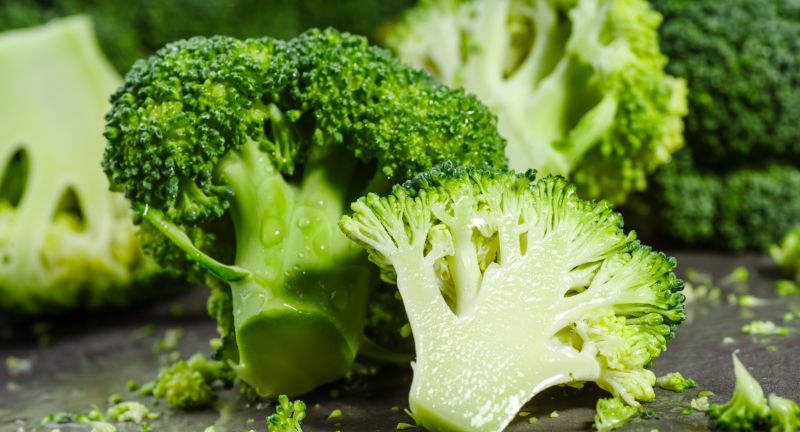
Shutterstock
Broccoli is a cruciferous vegetable that is high in vitamins C and K, as well as fiber and folate. It also contains potent antioxidants and compounds that have been shown to have cancer-fighting properties. Broccoli can be steamed, roasted, or added to stir-fries and salads. Its nutritional benefits and versatility make it a staple in healthy diets around the world.
Sweet Potatoes
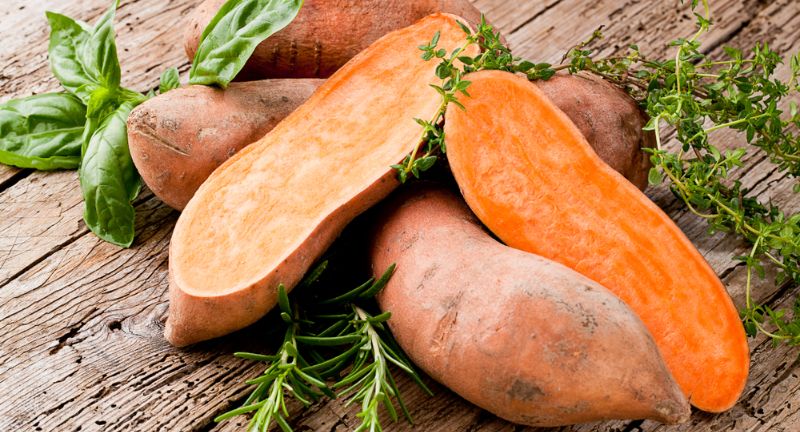
Shutterstock
Sweet potatoes are a nutrient-dense root vegetable that are high in vitamins A and C, manganese, and fiber. They also provide a good source of complex carbohydrates and antioxidants. Sweet potatoes can be baked, mashed, or roasted, and are a delicious and healthy alternative to regular potatoes. Their natural sweetness and rich nutritional profile make them a favorite in many kitchens.
Blueberries
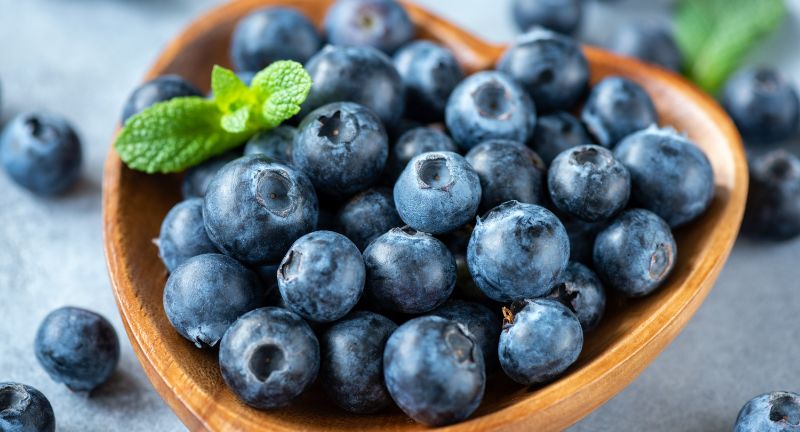
Shutterstock
Blueberries are a highly nutritious fruit, rich in vitamins C and K, fiber, and antioxidants. They are known for their high levels of anthocyanins, which give them their vibrant blue color and provide numerous health benefits. Blueberries can be eaten fresh, added to smoothies, or used in baking. Their sweet flavor and impressive nutrient density make them a popular choice for a healthy snack.
Avocado

Shutterstock
Avocados are a nutrient-dense fruit that are high in healthy fats, particularly monounsaturated fat, as well as vitamins E, K, and B6. They also contain fiber and potassium, making them a heart-healthy choice. Avocados can be used in salads, spreads, and smoothies, or simply eaten on their own. Their creamy texture and rich flavor make them a versatile and nutritious addition to any meal.
Carrots

Shutterstock
Carrots are a root vegetable that are high in vitamins A, C, and K, as well as potassium and fiber. They are also rich in beta-carotene, an antioxidant that gives them their orange color and is beneficial for eye health. Carrots can be eaten raw, cooked, or juiced, and are a versatile ingredient in many dishes. Their sweet flavor and crunchy texture make them a popular and nutritious snack.
Red Bell Peppers
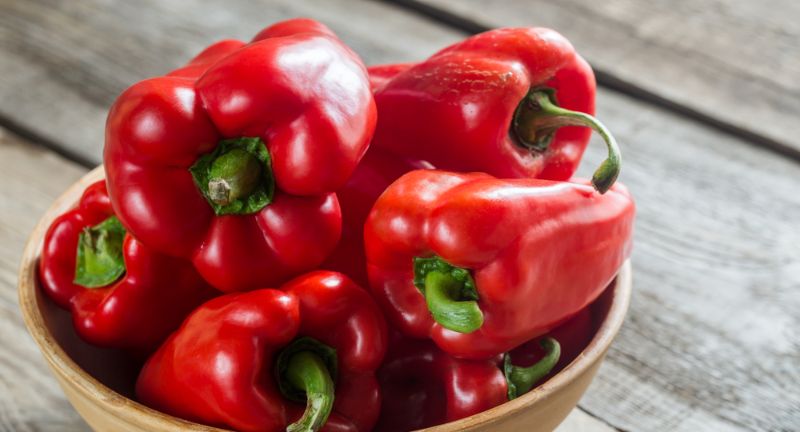
Shutterstock
Red bell peppers are a colorful vegetable that are high in vitamins A and C, as well as antioxidants like lycopene and beta-carotene. They also contain fiber and folate, making them a nutritious choice. Red bell peppers can be eaten raw, roasted, or added to a variety of dishes. Their sweet flavor and vibrant color make them a healthy and delicious addition to any meal.
Strawberries

Shutterstock
Strawberries are a nutrient-rich fruit, packed with vitamins C and K, folate, and fiber. They are also high in antioxidants, particularly anthocyanins and ellagic acid, which provide numerous health benefits. Strawberries can be enjoyed fresh, in smoothies, or as a topping for yogurt and desserts. Their sweet flavor and impressive nutrient profile make them a favorite for a healthy snack.
Garlic

Shutterstock
Garlic is a highly nutritious vegetable that is rich in vitamins C and B6, manganese, and selenium. It is also known for its potent medicinal properties, including its ability to boost the immune system and reduce the risk of certain diseases. Garlic can be used in cooking to add flavor to a variety of dishes. Its health benefits and versatility make it a valuable addition to any diet.
Beetroot
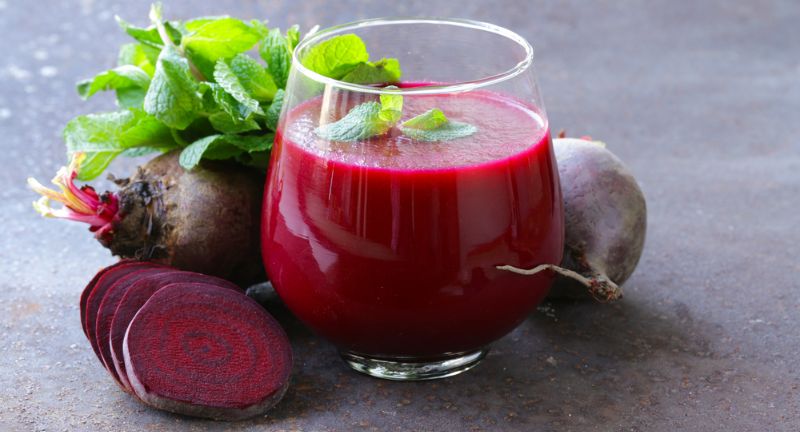
Shutterstock
Beetroot is a root vegetable that is rich in vitamins A and C, fiber, and minerals like potassium and manganese. It is also high in antioxidants and nitrates, which have been shown to improve cardiovascular health. Beetroot can be eaten raw, roasted, or juiced, and is often used in salads and soups. Its deep red color and nutritional benefits make it a popular choice for a healthy diet.
Oranges

Shutterstock
Oranges are a citrus fruit that are high in vitamin C, fiber, and antioxidants. They also provide a good source of folate and potassium, which are important for overall health. Oranges can be eaten fresh, juiced, or used in a variety of recipes. Their sweet and tangy flavor, along with their impressive nutrient profile, make them a favorite for a healthy snack.
Brussels Sprouts
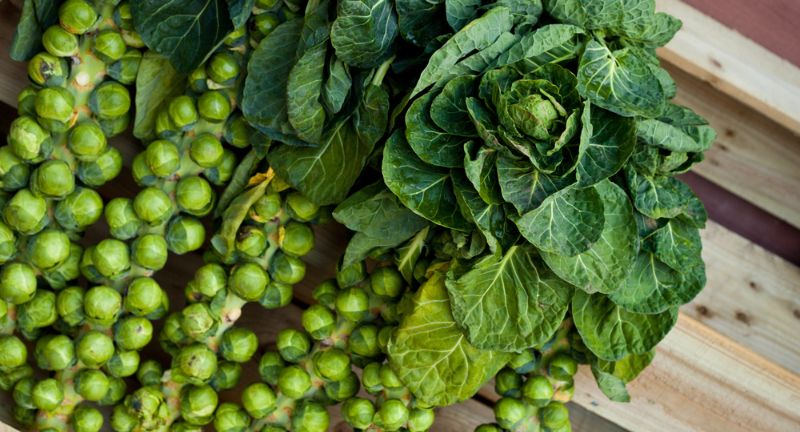
Shutterstock[/caption]
Shutterstock
Brussels sprouts are a cruciferous vegetable that are high in vitamins C and K, fiber, and antioxidants. They also contain compounds that have been shown to have cancer-fighting properties. Brussels sprouts can be roasted, steamed, or sautéed, and are a nutritious addition to any meal. Their slightly bitter flavor and crunchy texture make them a unique and healthy vegetable choice.
Pomegranate
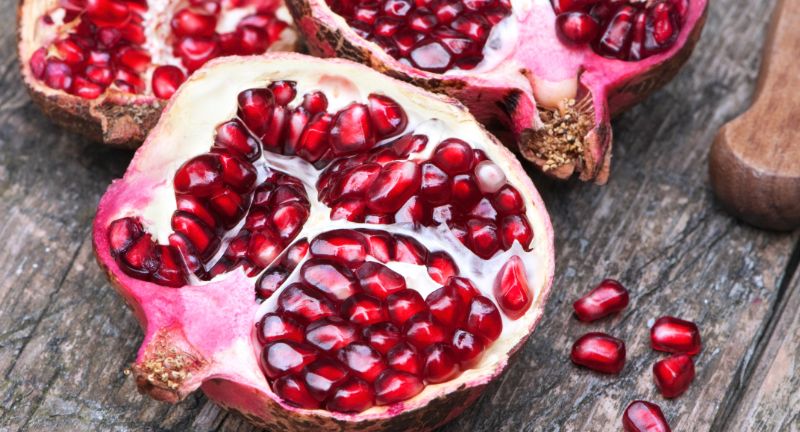
Shutterstock
Pomegranate is a nutrient-rich fruit that is high in vitamins C and K, fiber, and antioxidants. The seeds, or arils, are known for their sweet-tart flavor and numerous health benefits. Pomegranates can be eaten fresh, juiced, or used in a variety of recipes. Their vibrant color and impressive nutrient density make them a popular choice for a healthy snack.
Asparagus

Shutterstock
Asparagus is a nutrient-dense vegetable that is high in vitamins A, C, and K, as well as folate and fiber. It is also a good source of antioxidants, which help protect the body from oxidative stress. Asparagus can be steamed, roasted, or grilled, and is a versatile ingredient in many dishes. Its tender texture and rich nutritional profile make it a popular choice for a healthy diet.
Tomatoes

Shutterstock
Tomatoes are a nutrient-rich fruit that are high in vitamins A, C, and K, as well as antioxidants like lycopene. They also provide a good source of potassium and fiber, making them a heart-healthy choice. Tomatoes can be eaten fresh, cooked, or used in a variety of dishes. Their sweet and tangy flavor, along with their impressive nutrient profile, make them a versatile and healthy addition to any meal.
Red Cabbage
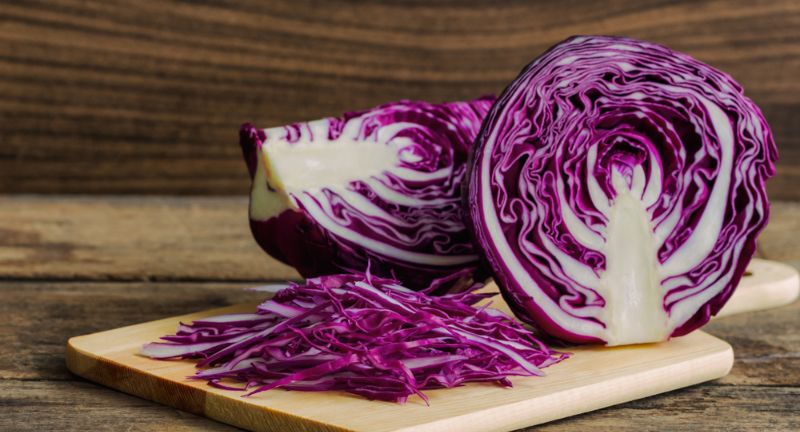
Shutterstock
Red cabbage is a nutrient-dense vegetable that is high in vitamins C and K, as well as fiber and antioxidants. It also contains anthocyanins, which give it its vibrant purple color and provide numerous health benefits. Red cabbage can be eaten raw, cooked, or fermented, and is a versatile ingredient in many dishes. Its slightly peppery flavor and impressive nutrient profile make it a popular choice for a healthy diet.
Kiwi
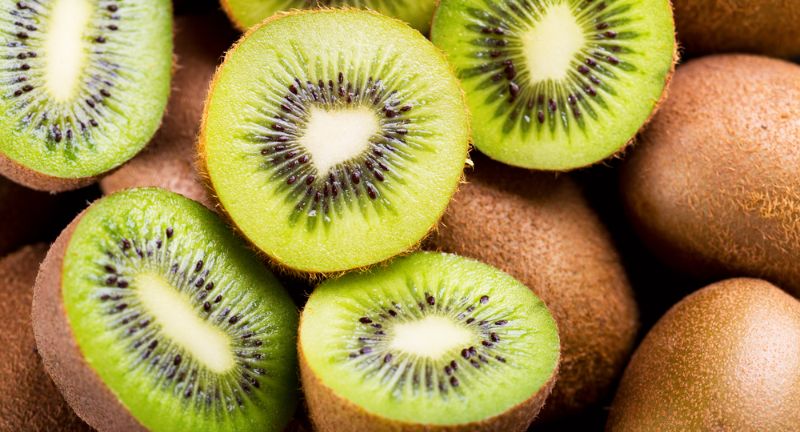
Shutterstock
Kiwi is a nutrient-dense fruit that is high in vitamins C and K, fiber, and antioxidants. It is also a good source of potassium and folate, making it a heart-healthy choice. Kiwi can be eaten fresh, added to smoothies, or used in a variety of recipes. Its sweet-tart flavor and impressive nutrient profile make it a popular choice for a healthy snack.
Chard
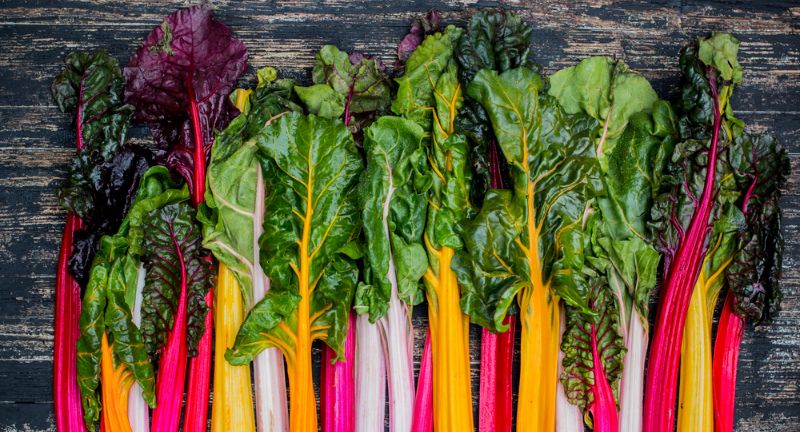
Shutterstock
Chard, also known as Swiss chard, is a leafy green vegetable that is high in vitamins A, C, and K, as well as magnesium, iron, and fiber. It is also a good source of antioxidants, which help protect the body from oxidative stress. Chard can be sautéed, steamed, or used in a variety of dishes. Its slightly bitter flavor and impressive nutrient profile make it a popular choice for a healthy diet.
Raspberries

Shutterstock
Raspberries are a nutrient-rich fruit that are high in vitamins C and K, fiber, and antioxidants. They are also a good source of manganese, which is important for bone health. Raspberries can be eaten fresh, added to smoothies, or used in a variety of recipes. Their sweet-tart flavor and impressive nutrient profile make them a popular choice for a healthy snack.
Cauliflower
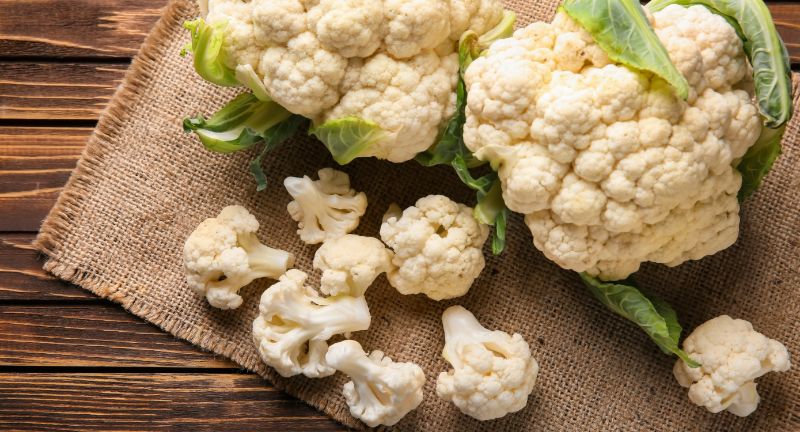
Shutterstock
Cauliflower is a cruciferous vegetable that is high in vitamins C and K, fiber, and antioxidants. It is also a good source of choline, which is important for brain health. Cauliflower can be eaten raw, roasted, or used as a low-carb substitute in a variety of dishes. Its mild flavor and impressive nutrient profile make it a versatile and healthy addition to any meal.
Watermelon
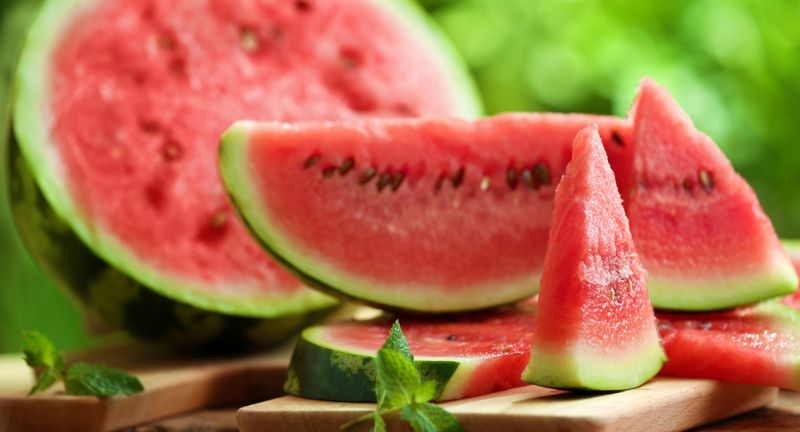
Shutterstock
Watermelon is a hydrating fruit that is high in vitamins A and C, as well as antioxidants like lycopene. It is also a good source of potassium, making it a heart-healthy choice. Watermelon can be eaten fresh, added to salads, or used in a variety of recipes. Its sweet and refreshing flavor, along with its impressive nutrient profile, make it a popular choice for a healthy snack.
Butternut Squash
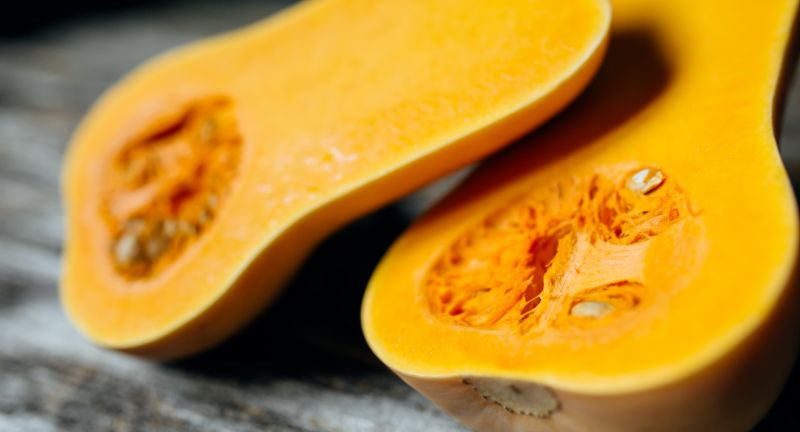
Shutterstock
Butternut squash is a nutrient-dense vegetable that is high in vitamins A and C, as well as fiber and antioxidants. It is also a good source of potassium and magnesium, which are important for heart health. Butternut squash can be roasted, mashed, or used in a variety of dishes. Its sweet and nutty flavor, along with its impressive nutrient profile, make it a popular choice for a healthy diet.
Apples
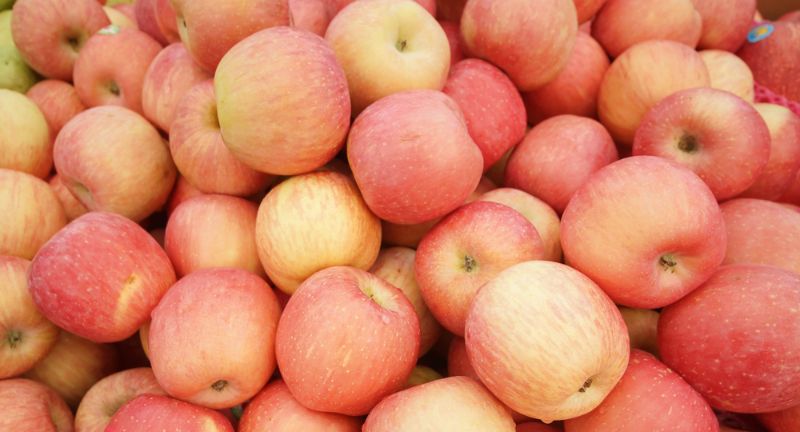
Shutterstock
Apples are a nutrient-rich fruit that are high in fiber, vitamin C, and antioxidants. They are also a good source of potassium, which is important for heart health. Apples can be eaten fresh, added to salads, or used in a variety of recipes. Their sweet and crisp flavor, along with their impressive nutrient profile, make them a popular choice for a healthy snack.
Zucchini
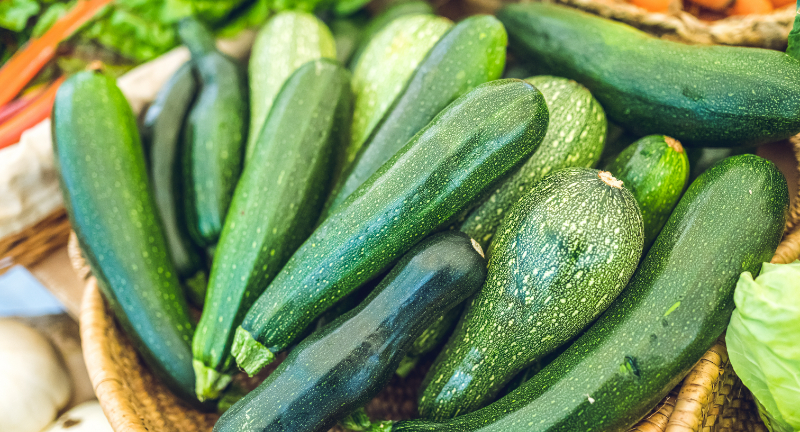
Shutterstock
Zucchini is a nutrient-dense vegetable that is high in vitamins A and C, as well as fiber and antioxidants. It is also a good source of potassium, making it a heart-healthy choice. Zucchini can be eaten raw, cooked, or used as a low-carb substitute in a variety of dishes. Its mild flavor and impressive nutrient profile make it a versatile and healthy addition to any meal.
Plums
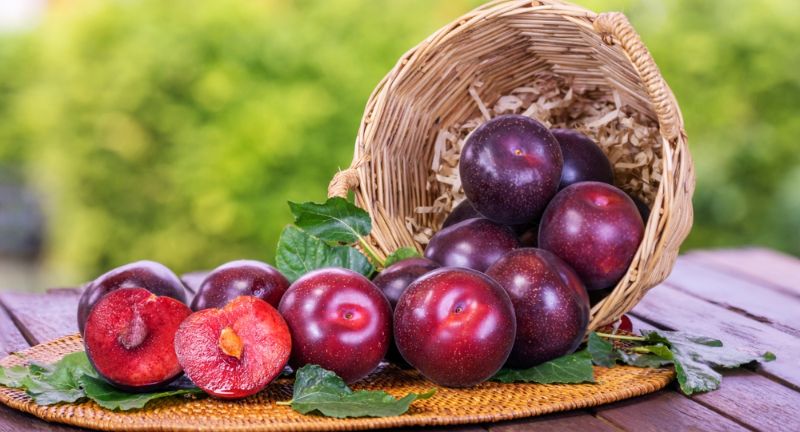
Shutterstock
Plums are a nutrient-rich fruit that are high in vitamins C and K, fiber, and antioxidants. They are also a good source of potassium, which is important for heart health. Plums can be eaten fresh, dried as prunes, or used in a variety of recipes. Their sweet and tart flavor, along with their impressive nutrient profile, make them a popular choice for a healthy snack.
Blackberries
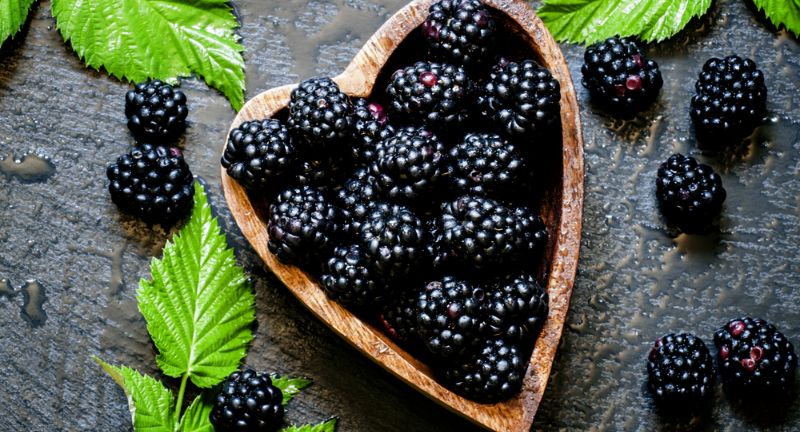
Shutterstock
Blackberries are a nutrient-dense fruit that are high in vitamins C and K, fiber, and antioxidants. They are also a good source of manganese, which is important for bone health. Blackberries can be eaten fresh, added to smoothies, or used in a variety of recipes. Their sweet-tart flavor and impressive nutrient profile make them a popular choice for a healthy snack.
Green Peas
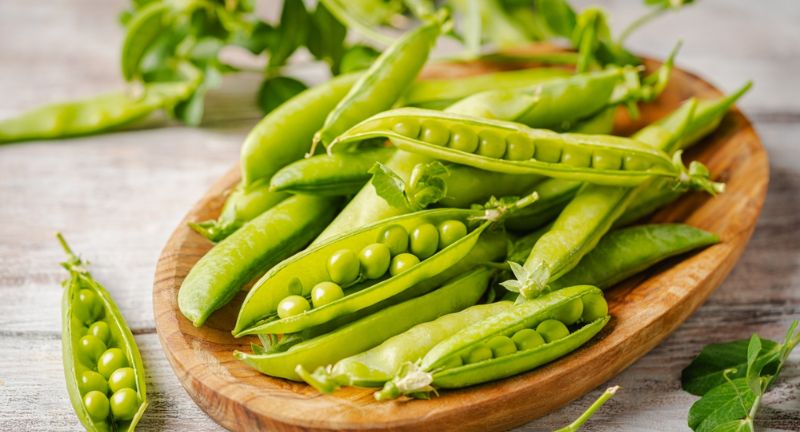
Shutterstock
Green peas are a nutrient-rich vegetable that are high in vitamins A, C, and K, as well as fiber and protein. They are also a good source of antioxidants, which help protect the body from oxidative stress. Green peas can be eaten fresh, cooked, or used in a variety of dishes. Their sweet flavor and impressive nutrient profile make them a popular choice for a healthy diet.
Conclusion
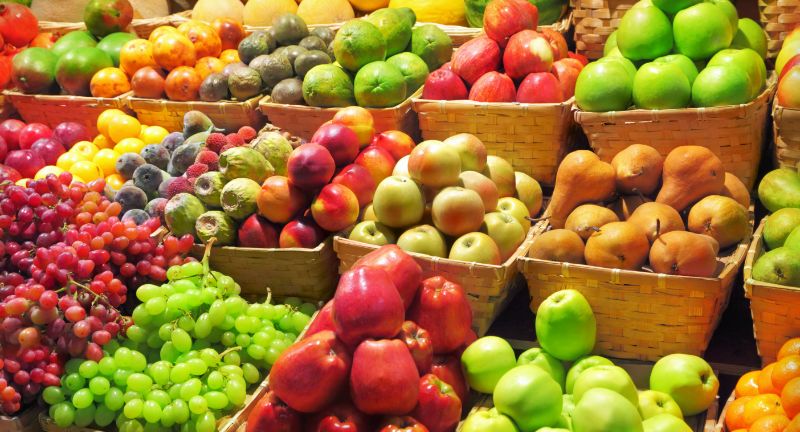
Shutterstock[/caption]
Shutterstock
Incorporating these nutrient-dense fruits and vegetables into your diet can significantly enhance your overall health and well-being. Each of these foods offers a unique combination of vitamins, minerals, and antioxidants that contribute to various health benefits, from boosting immunity to supporting heart health. By making these nutrient powerhouses a regular part of your meals, you can enjoy their delicious flavors while reaping their substantial health rewards. Remember, a balanced diet rich in fruits and vegetables is key to maintaining a healthy lifestyle. So, start experimenting with these nutrient-dense options and discover new ways to nourish your body and soul.













 Shutterstock[/caption]
Shutterstock[/caption]














 Shutterstock[/caption]
Shutterstock[/caption]

























